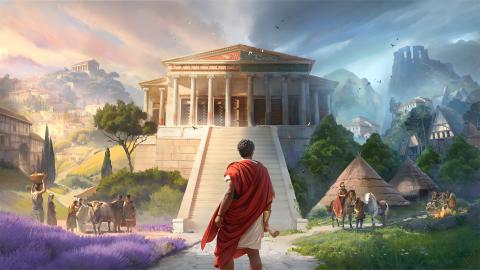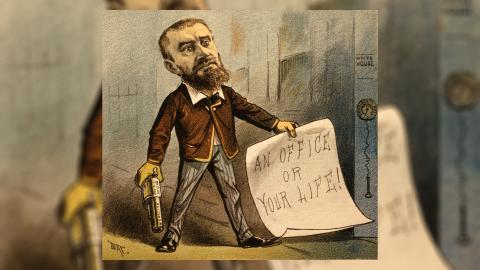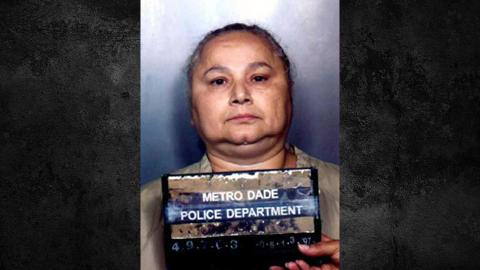Battle of Saratoga
The air was so foul that at times the lamp could not be kept burning, by reason of which the bodies were not missed until they had been dead ten days.
Robert Sheffield, escaped prisoner from HMS Jersey, a ship nicknamed 'Hell'
The British warships begin their bombardment. In just one hour, two and a half thousand British cannon balls smash through the American defences. Four thousand red-coats storm Manhattan.
Washington's army collapses. It's his first defeat as commander-in-chief. His troops retreat along an ancient Native American path. Thousands of rebel prisoners of war are thrown into prison ships. Nine in ten of them die there. British occupied New York burns. A quarter of the city is destroyed.
For the next year, Bunker Hill, Brooklyn Heights, Harlem Heights, and the Deep South are the places of American defeats. Then, in June 1777, British General Burgoyne, encounters and loses to a revolutionary new form of American fighting.
GUERILLA FIGHTING
Burgoyne, one of Britain's best cavalry officers, sets off from loyalist Canada intending to join forces with the victorious British forces in New York, split the Americans, and end the rebellion. He leaves with an 8,000 strong army, accompanied by a caravan of 2,000 servants, women and wives, and 200 supply wagons, carrying 84 tonnes of powder and shot. The British need this cumbersome caravan because they're essentially fighting counter-insurgency and cannot rely on food supplies from local farmers. But the route is 270km long, and as they push south following the Hudson River, the unfamiliar dense forest terrain, slows their progress.
Burgoyne is dependent on his Native American guides.
So the Americans kill them first.
Trees are felled to create road-blocks.
The British advance slows to just a km and a half a day.
The forest rings out with shots, and each time, the British numbers decline.
The Americans use new long rifles with a slender barrel at least 40 inches long and packing a 50 calibre shot (the calibre favoured by today's snipers, and now capable of cutting a man in half.)
These rifles have a unique innovation. Grooves inside the barrel, spin and stabilise the shot, giving accuracy up to 250 yards, twice the range of the British muskets.
The 8,000 British are being beaten by just 500 Americans. But the British are trained to fight on open battlefields. These Americans know the woods. They're frontiersmen, woodsmen, and sharp shooters. Their leader, appointed by Washington, is Colonel Daniel Morgan, With the Native American scouts dead or deserted, Morgan now targets the British leaders, their officers. All but one of the 11 officers are killed or wounded. The British foot-soldiers are lost, and now leaderless. The British regroup under Brigadier-General Simon Fraser. An illiterate frontiersman but exceptional sharp shooter, Tim Murphy, fires at Fraser three times. The third kills him.
You could argue that whoever fired the bullet that took out Simon Fraser, did as much as any founding father to establish American independence.
Richard Norton Smith, George Mason University.
In October 1777, General Burgoyne surrenders.
Did you know?
A British redcoat had on average six times more combat experience than a rebel recruit. , 12,000 prisoners will die on the prisoner ships, 3 times more than are killed in battle. , Not every American was happy to be giving up their creature comforts and fighting the British. Washington had to deal with mutinies as well as victories and defeats, and he had two ringleaders shot, as 'an example'.
















